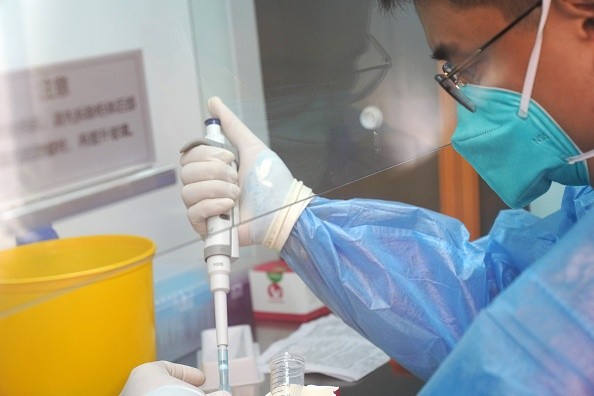Several months before the first COVID-19 case was reported to the World Health Organization (WHO) in December 2019, Chinese laboratories in Wuhan acquired an increased amount of coronavirus testing equipment.

Increased Purchase of PCR Test
In a recently published article in Newsweek, according to new statistics obtained by the Australian-American cyber security company Internet 2.0, the purchase of polymerase chain reaction testing equipment (PCR) increased by almost 50 percent in 2019. PCR tests are often used to detect whether a person is infected with COVID-19 because they enable scientists to amplify DNA samples in order to screen for illness or other genetic material.
Based on the latest data, Wuhan laboratories awarded 135 contracts, including PCR equipment, in 2019, up from 89 in 2018 and 72 in 2017. Furthermore, from 2015 to 2019, Wuhan's financial expenditure on PCR equipment rose by almost 600 percent.
The surge in purchasing started in May 2019 but peaked in July, just five months before the country reported its first COVID-19 case to the World Health Organization, according to the report of The Australian.
Chinese Authorities Might Be Aware of the Outbreak Earlier than December
The findings may suggest that Chinese officials were aware of a COVID-19 outbreak before December or that Wuhan labs were focusing more on virological and pandemic research, according to a published article in Bloomberg.
Cybersecurity analyst Robert Potter, who recovered the data, said that there was a significant rise in PCR procurement data beginning in May and continuing through December. Some of this may be harmless; but when taken together, it creates a pattern that calls into question the official narrative that the epidemic began in December.
John Ratcliffe, the former head of US National Intelligence, also informed the news organization that the increasing acquisition of PCR equipment in Wuhan in 2019 is noteworthy. He believes this is another more convincing piece of evidence that will establish the virus's origin.
Chinese Foreign Ministry Disputes the Findings
China's Foreign Ministry rejected the findings on Monday, telling a news outlet that they were in the same category as previous erroneous assertions regarding the COVID-19's origins. Others argue that the Internet 2.0 study is insufficient to make such conclusions since PCR testing may be used to screen for other diseases prevalent in people and animals.
The spokesperson said virus traceability is a significant scientific problem that has to be solved. China's anti-epidemic effort is transparent to the rest of the world; the situation is plain, the facts are obvious at a glance, and the campaign has stood the test of time and history.
Since it was initially identified as an unknown pneumonia-like illness in late 2019, the origins of the COVID-19 pandemic have been a contentious topic. The virus has now spread to almost every corner of the globe, infecting over 235 million people and killing over 4.8 million.
Until today, the origin of COVID-19 cannot yet be established because China did not allow WHO to investigate the Wuhan lab. Instead, the communist country said that it originated from a wet market in Wuhan and not in the Wuhan Laboratory.








